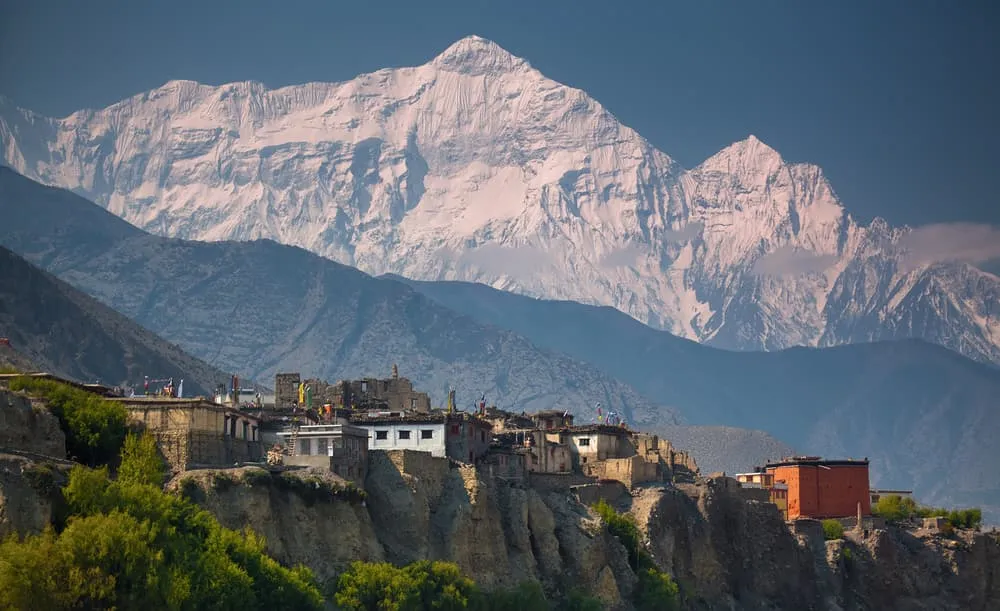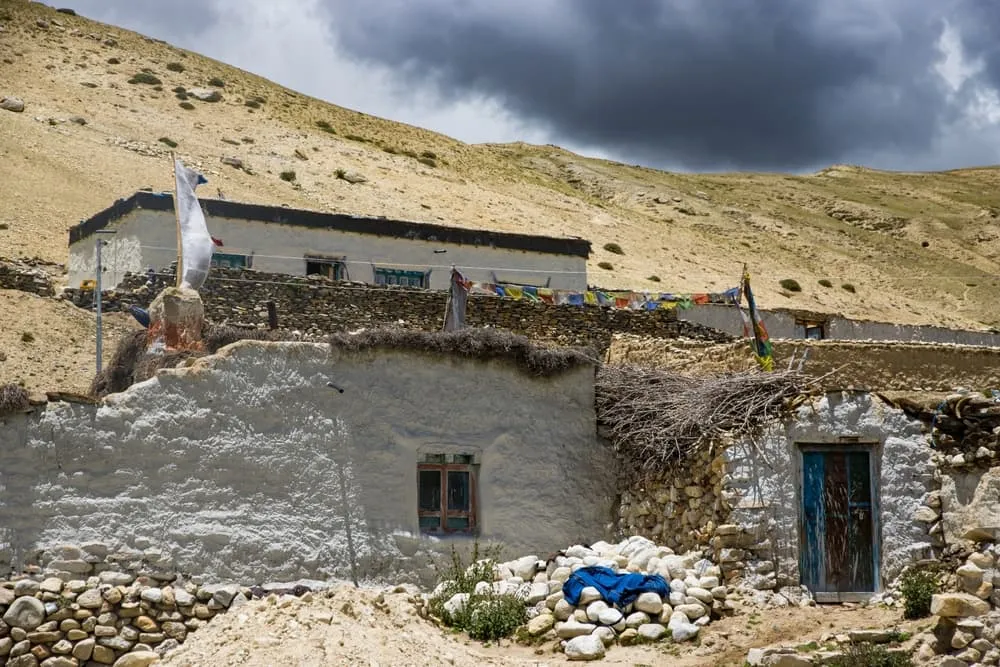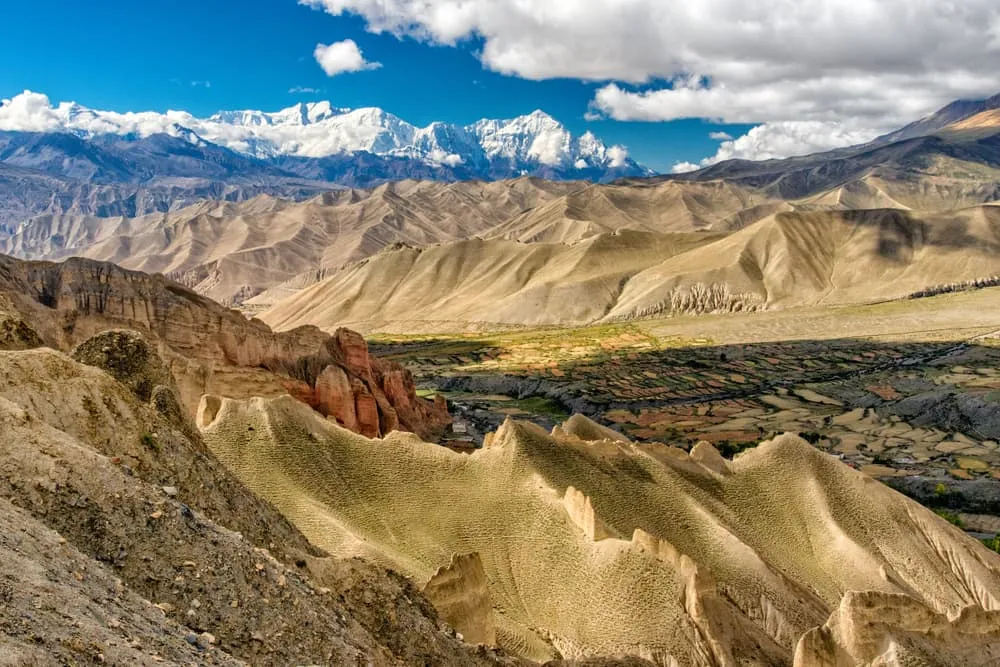The construction of a road from Jomsom into the Upper Mustang region in Nepal has brought a number of implications, influenced by both positive and negative factors, with a backdrop of China's involvement in the region. On the positive side, the road has notably improved connectivity, simplifying the transportation of goods, medical supplies, and people. This increased accessibility has the potential to create economic opportunities, particularly in the realms of tourism-related activities and trade. Supporting infrastructure development, including rest areas and fuel stations, could further contribute to the region's overall growth.
However, amidst these positive changes, concerns have been raised, particularly regarding the potential impact on the unique culture and environment of Upper Mustang. The increased human activity, notably tourism, has sparked worries about environmental degradation and the potential threat to cultural heritage sites. Socially, the influx of outsiders may trigger changes in traditional lifestyles and community dynamics.
Notably, the influence of China in the region adds another layer of complexity. China's strategic interests, economic partnerships, and infrastructure projects in Nepal may play a role in shaping the development of the road and its impact on the region. This could have implications for economic dynamics, cross-border trade, and regional geopolitics.
What does this mean for the future of trekking in Upper Mustang? The (dirt) road can already be driven by 4X4 vehicles all the way to the Chinese border. Trekking companies have diverted the traditional hiking routes away from the road, passing villages largely undisturbed by the new developments. The question is if the region can retain its unique cultural heritage and pristine mountain environment. Time will tell.











Comments